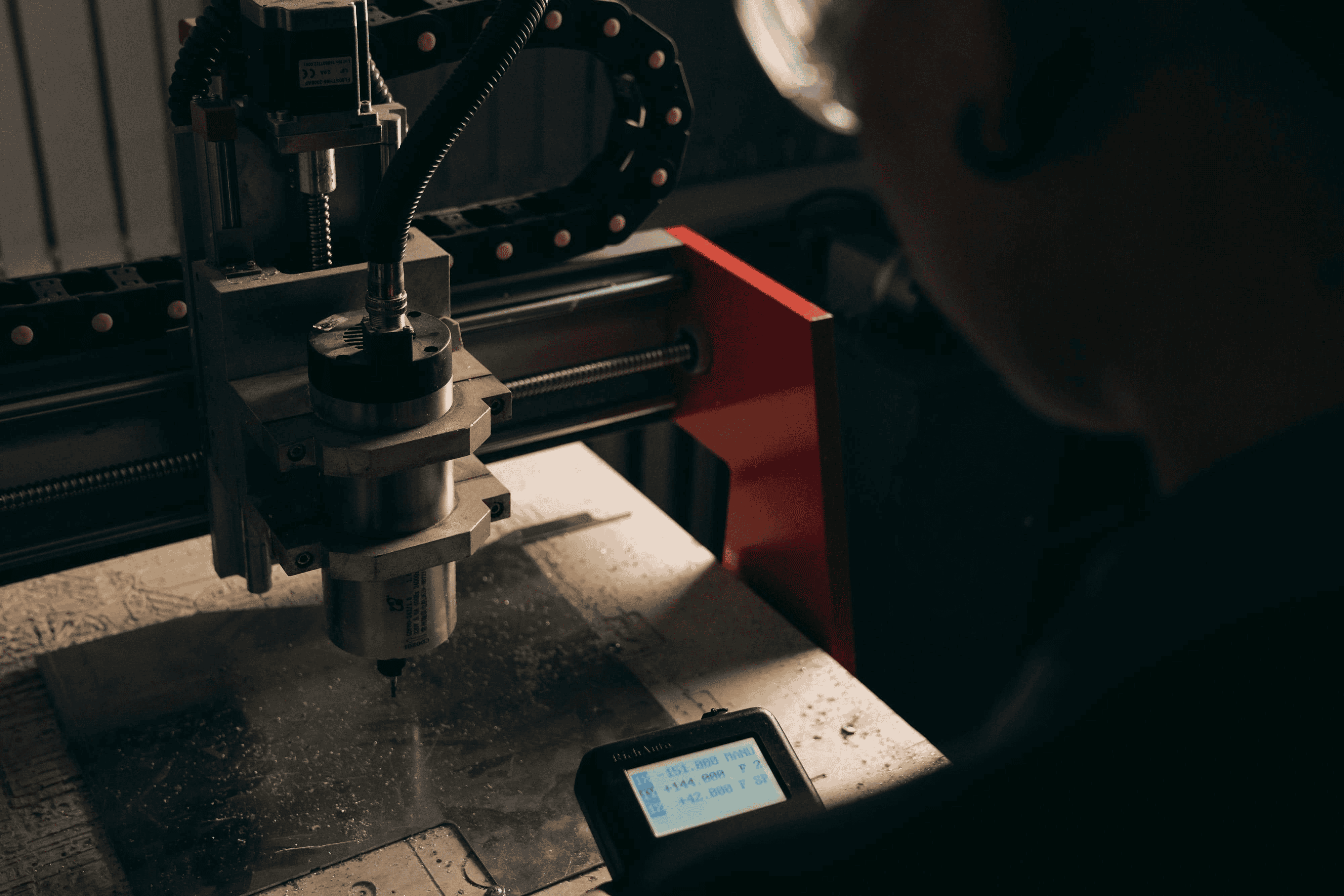Custom Fabrication

How is sheet metal made and turned into a finished part you can hold in your hand. The foundation is simple to describe and complex to master. Sheet metal fabrication starts with flat stock that is cut, formed, joined, and finished to meet a drawing or digital model. Within the broader sheet metal industry, success hinges on material selection, process sequencing, and tight control of tolerances. When teams understand the sheet metal fabrication process, they can choose the right path to hit cost, finish, and strength targets.
Precision sheet metal fabrication and production in Fayetteville Arkansas
Materials drive performance. Low carbon steel offers strength and value for brackets and enclosures. Stainless resists corrosion for outdoor or food grade applications. Aluminum trims weight and conducts heat well, making it a favorite for motorsports, campers, and electronics. Copper and brass appear where conductivity or aesthetics matter. Thickness is usually specified in gauge or millimeters, and that choice directly affects bend radius, fastener selection, and the stability of large surfaces.
The next question is how the part is cut. In modern sheet metal production, laser cutting is common because it handles intricate geometry with clean edges and minimal burr. Turret punching excels at repetitive features like louvers, dimples, and knockouts. Shearing is fast for straight cuts. Waterjet cutting is an option for heat sensitive assemblies. Each method has different edge quality, speed, and cost, which is why experienced shops mix and match to fit the job.
A typical sheet metal manufacturing process begins upstream with coil or blank production. Coils are leveled and cut into blanks, then moved to cutting cells for laser or punch operations. Nests optimize material use, lowering cost and scrap. After cutting, parts move to forming where bend sequences and tool selection protect critical faces and features. Next comes joining, whether that is welding, rivets, or clinching. Surface prep and finishing follow, then final quality inspection and packaging. That is the sheet metal production process in a nutshell, but details like bend order and fixture design often determine schedule and precision.
Within the sheet metal manufacturing industry, production teams weigh several sheet metal manufacturing methods to meet volume and price targets. For small runs, flexible tools like lasers and press brakes shine because they require minimal dedicated tooling. For higher volumes, stamping dies and progressive tools speed output but need more upfront investment. Designers can reduce total cost by aligning geometry with the intended path, such as using consistent bend radii, keeping hole distances from edges appropriate, and avoiding tiny tabs that are difficult to handle.
Accurate parts require clear tolerances and smart design choices. Bends move material, so flat dimensions differ from finished dimensions. Bend deductions, grain direction, and reliefs prevent cracks or distortion. Hardware must clear bends, and welds need enough access to avoid warping nearby faces. Measurement plans use calipers, height gauges, and optical systems to confirm critical features. When teams document a repeatable sheet metal manufacturing process, they gain predictable lead times and a cleaner finish.
While the fundamentals span every shop floor, real projects ask for creative problem solving. Vehicle brackets must carry dynamic loads without adding unnecessary weight. Protective enclosures need service access and reliable weather resistance. Assemblies should go together quickly with consistent hole alignment and durable coatings. This is where experienced fabricators connect theory to the roadside realities of vibration, heat, and exposure.
At OZK Customs in Fayetteville Arkansas, those realities show up daily in parts that must survive trails, interstates, and work sites. Our team translates drawings into functional components with the same process discipline used across the sheet metal industry. We cut, form, weld, and finish parts that integrate into complete builds or stand alone as upgrades. Explore our Custom fabrication services to see how your concept can move from model to metal.
If you want a deeper look at capabilities from cutting to finishing, browse our Fabrication capabilities. Curious about standards, communication, and what it is like to work with a team that listens first and builds second. Learn more here: Why choose OZK Customs.
Bring your design, timeline, and performance goals. We will suggest practical sheet metal manufacturing methods, clarify tolerances, and finish parts ready for real use. From one off prototypes to repeat runs, OZK Customs aligns the sheet metal production steps with the demands of your application, so your parts arrive on time and built to work.
Ready to turn drawings into durable parts? Tell us about your timeline, materials, and finish. OZK Customs will quote fast, build precisely, and deliver a clean result built for daily use.
ADDRESS:
6159 E Huntsville Rd, Fayetteville, AR 72701
PHONE:
(479) 326-9200
EMAIL:
info@ozkvans.com